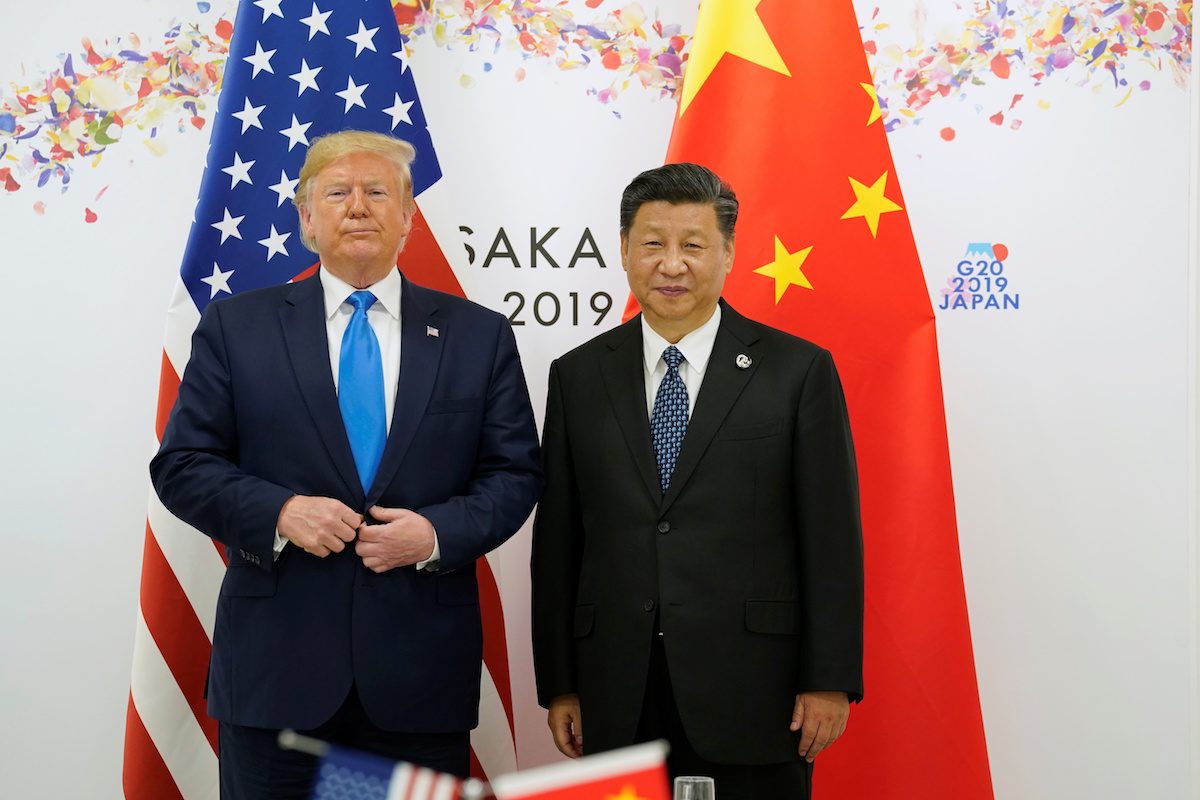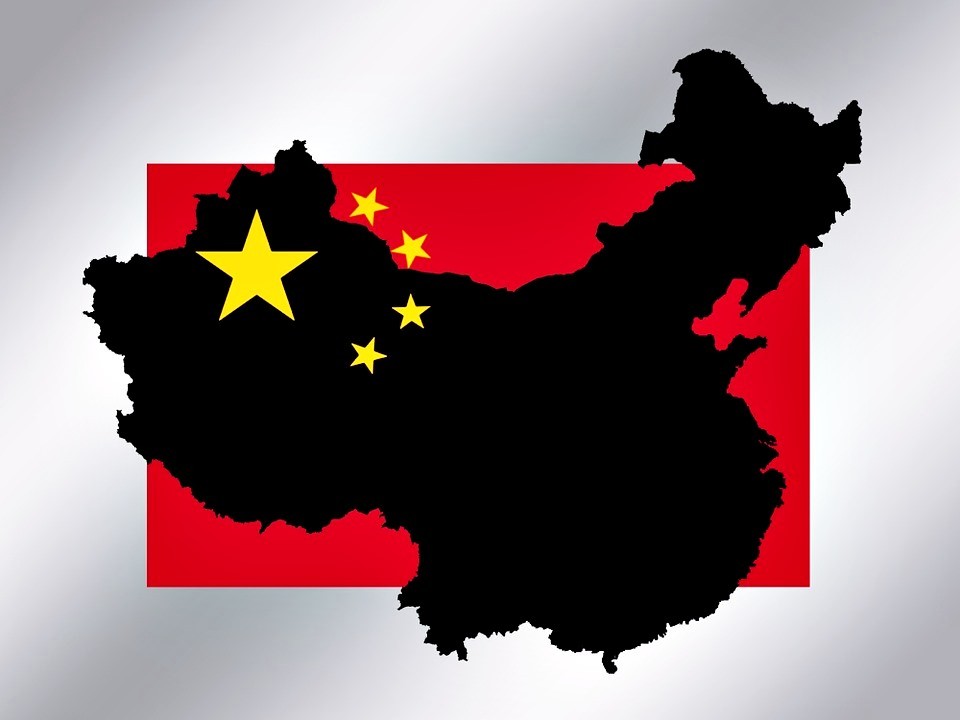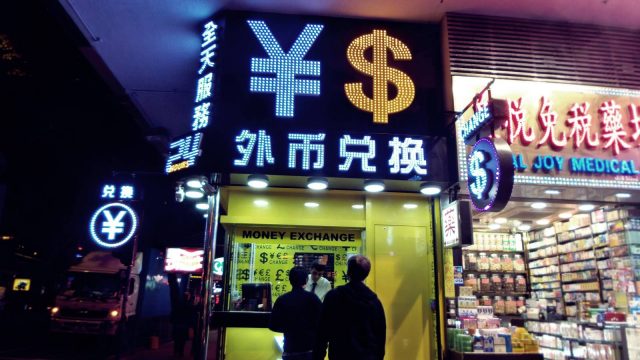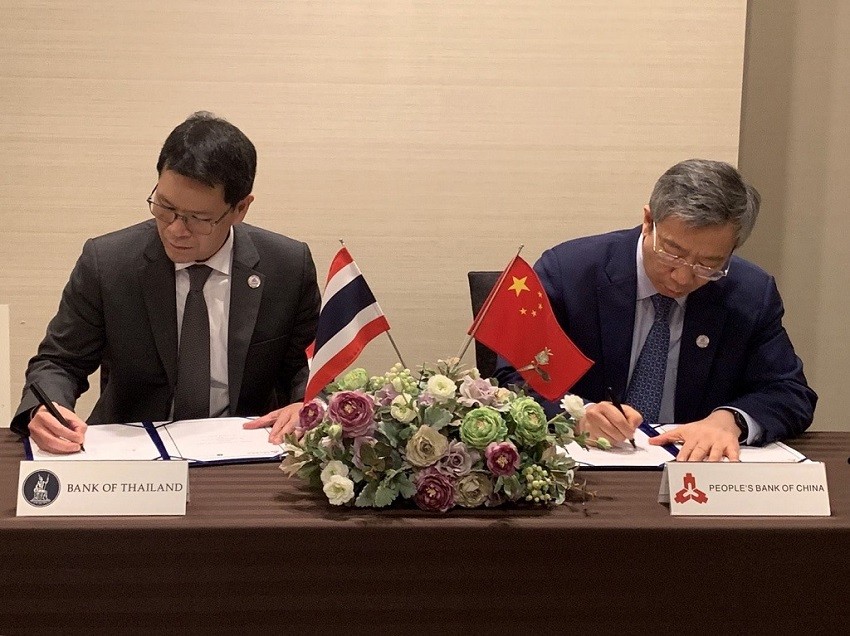Banking
How China’s role in global finance has changed radically
Within the space of just 15 years, China has gone from being the largest net lender to the world to now being a net borrower. The implications for the global economy, and China’s role within that economy, could be significant.

‘If you owe the bank $1 million, you have a problem. But if you owe the bank $1 trillion, then the bank has a problem’. It’s an old gag, but it underscores an important point: the size of your borrowing or lending can have profound implications for your role in the world.
The same is true for China. Back in 2007, China was the world’s largest net lender, with a current account surplus bigger than the GDP of most economies.
This meant that China’s economy was generating more savings than required for domestic investment. The surplus of savings went overseas in search of investment opportunities.
It wasn’t small change either. China’s current account surplus peaked at 10 per cent of GDP in 2007 and has injected about US$3.5 trillion of additional savings into the global economy since 2000.
According to many, this influenced the global economy profoundly by depressing global interest rates, fuelling asset price bubbles and shifting exchange rates and trade flows.
Before 2007, some predicted that this build-up in global current account imbalances would cause a global financial crisis and, when the global financial crisis did eventuate, many were quick to assign all or some of the blame to China’s current account surplus.
Realistically, blaming China’s current account surplus for these challenges is simplistic. How financial markets were managed in the United States and other countries was a major problem.
The China current account surplus was nevertheless a significant political issue. The cause of China’s large surpluses were deep and structural, including a weak social safety net fuelling precautionary savings among households, uncompetitive state-owned enterprises that drove-up corporate savings, a weak and inefficient financial system, an undervalued exchange rate in the early 2000s and the consequent accumulation of trillions in foreign exchange reserves that were then invested overseas.
Given how significant this issue has been, both economically and politically in the past, it is surprising how little discussion there was when the IMF recently forecast that China’s current account surplus was now virtually non-existent. The IMF reckons that China’s current account surplus is now so small that, by 2022, it will run a deficit of 0.03 per cent, growing to 0.2 per cent by 2024.
Within the space of just 15 years, China has gone from being the largest net lender to the world to now being a net borrower. The implications for the global economy, and China’s role within that economy, could be significant.
If China’s economy continues to draw in foreign savings at an increasing rate, it could mean higher global interest rates, increased inflation, more opportunities for investment, an appreciated Chinese exchange rate and a rebalancing of global trade.
It could help put an end to the low interest rate, low inflation, low growth, low investment world in which we find ourselves today. If it is part of a sustained rebalancing of the Chinese economy towards increased consumption, it could mean a fundamental reshaping of how the world thinks about and relates to China.
Or will it?
In this week’s lead essay, Brad Setser has a simple warning: Don’t let’s get ahead of ourselves on the Chinese current account position.
Setser warns that the fall in China’s current account surplus may only be temporary and suggests that the temporary nature of this change is already showing up in the data. ‘The forecast of a Chinese current account deficit suffers from one rather significant problem: China’s trade and current account surplus jumped back up in the first part of 2019’.
Setser shows that China’s exports are not doing well, but China’s imports are dropping even more. ‘The current account surplus is now around 1.5 per cent of China’s GDP and it is more likely to reach 2 per cent of GDP than turn into a deficit’, he forecasts.
The fall in China’s surplus in 2018, Setser argues, was likely a reflection of the big stimulus from China back in 2016 and 2017, and perhaps some stockpiling by Chinese firms such as Huawei and ZTE ahead of Trump’s trade war.
China pulled back on that stimulus over the course of 2018. Without the stimulus from unconstrained credit growth through shadow banks China’s march toward current account balance went into reverse.
‘But focusing on the current account also misses what in some ways is a more important change in China’s balance of payments’ notes Setser. ‘China, more or less, has stopped adding to its reserves’. Setser shows that the current account surplus now funds a mix of large scale lending by the state banks (the Belt and Road) and the build-up of offshore assets by private…
Author: Editorial Board, ANU
Banking
Bow to Beijing a low move by HSBC
HSBC has put money before morality to back China’s new security law: one that’s an assault on the freedoms of Hong Kong’s people.

Luckily for HSBC, it’s headquartered in Britain: a country where you can say what you like about Boris Johnson and his shambolic handling of the pandemic.
(more…)Banking
Could China’s financial repression be good for growth?
China’s financial reform and development over the past four decades could be described as strong in establishing financial institutions and growing financial assets, but weak in liberalising financial markets and improving corporate governance.

When China began economic reform in 1978, it had only one financial institution — the People’s Bank of China. As a centrally planned economy, the state arranged the transfer of funds and there was little demand for financial intermediation.
(more…)Banking
BoT and PBC sign agreement on Fintech Collaboration
The two central banks aim to promote the use of innovation and technology to reduce costs and improve efficiency of financial products and services.

On 9 June 2019 Mr. Veerathai Santiprabhob Governor of the Bank of Thailand (BOT) and Mr. Yi Gang Governor of the People’s Bank of China (PBC), signed a Fintech Co-operation Agreement in Fukuoka, Japan.
(more…)





